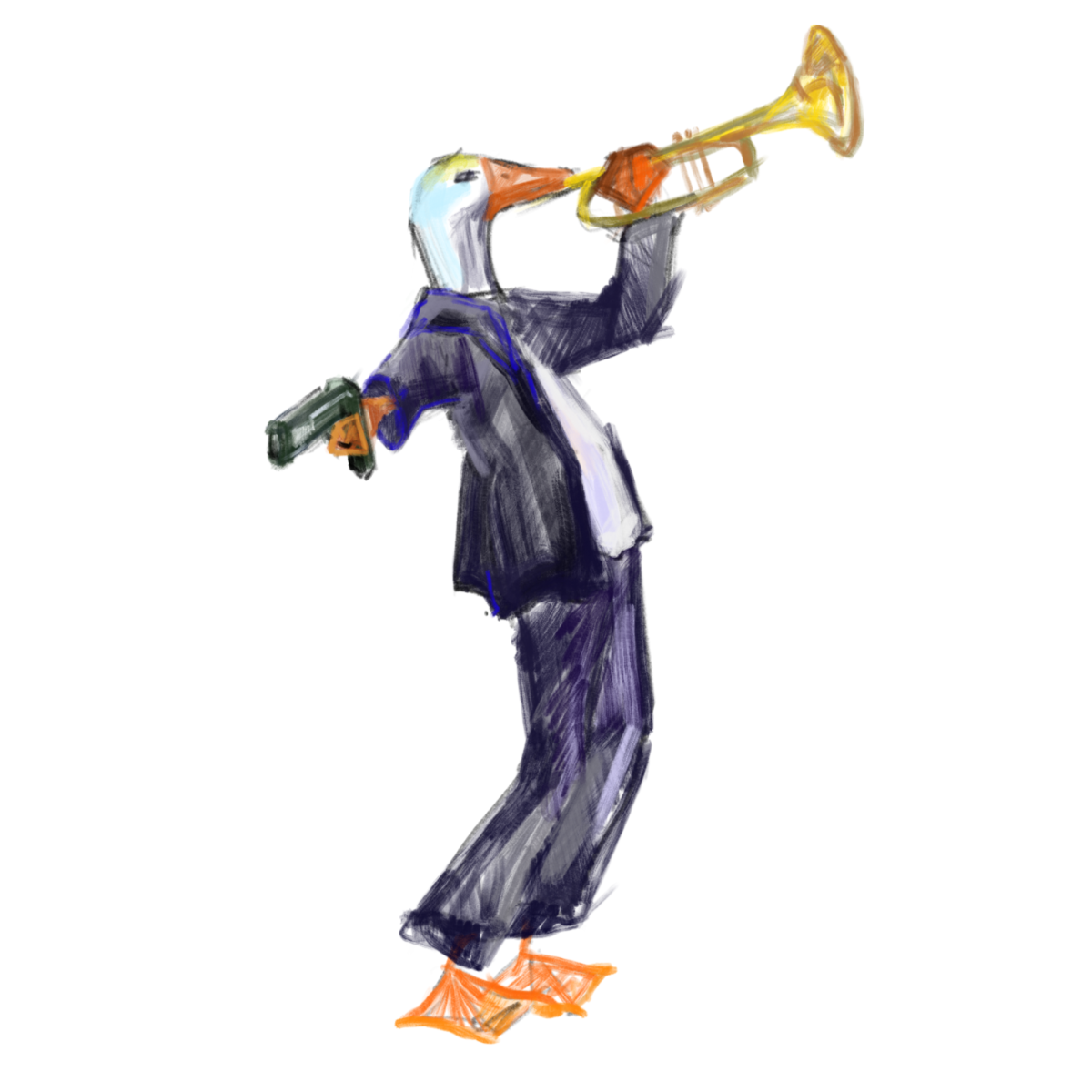K
King Lear opens with the titular character dividing his kingdom up among his three daughters: Goneril, Regan and Cordelia. The older two, Goneril and Regan, flatter the king, telling him how much they love him and desire to please him. However, Cordelia, the youngest, opts for honesty, telling the king she loves him as a daughter should. In anger, King Lear divides his kingdom between his two older daughters only and banishes Cordelia. As it becomes apparent, however, that his eldest daughters hold little respect for the aging king and intend to get rid of him, King Lear slowly descends into madness, and, as is typical of a Shakespearean tragedy, nearly everyone dies by the end of the play.

The melodrama of the play is often heightened by sound cues, intense music that feel like a movie soundtrack. These auditory incursions seem unnecessary, and in my opinion detract from the otherwise compelling acting and staging. In the infamous scene in which one character has his eyes gouged out by Regan and her husband, the music felt cloying, and the audience broke into scattered laughter when a prop eyeball was dropped, an unfortunate reaction to an otherwise powerful and disturbing scene. When Regan leaps onto the Duke of Gloucester, intent on tearing his eye out, the screams of the Duke are more than enough to demonstrate the drama of the scene. The music cues make the most intense moments of the play seem more like horror movie scenes, rather than powerful explorations of human cruelty.
Many moments, however, feel exceedingly poignant and purposefully staged. In one scene shortly before intermission, where we realize how truly mad Lear has become, he and a few servants are elevated on a platform in the middle of the stage. Lear moves around boxes and barrels as he imagines his two daughters on trial for their crimes, and speaks wildly to his companions and the air about him. The Duke of Gloucester approaches the platform from the stage below, and in this particular moment, we are aware of how insane Lear is becoming — he is elevated above the rest of the stage, apart from the world of reality, and moreover, he has taken some of his companions with him: the Fool and the Duke of Kent cower on the edge of the platform, afraid to fall and afraid to be left with the King. It’s an exceptionally impactful and skillfully directed scene, and demonstrates the full capacity of the Guthrie stage to represent this troubling and disturbing play.
King Lear is justifiably one of Shakespeare’s best-known tragedies, and while it’s difficult to pull off a production that is both original and authentic, the Guthrie provides an excellent attempt. I recommend the show to anyone hoping to see a high-quality production of one of Shakespeare’s most powerful plays. It is an evening well worth enjoying.







Colin Forsyth • Sep 11, 2019 at 10:44 pm
Hi, i think that i noticed you visited my website so i got here to “go back the choose”.I am attempting to in finding issues to improve my web site!I assume its good enough to use some of your ideas!!
Jasmine Forsyth • Sep 10, 2019 at 4:21 pm
I’m not sure exactly why but this blog is loading extremely slow for me. Is anyone else having this problem or is it a problem on my end? I’ll check back later and see if the problem still exists.
Irene Davies • Sep 7, 2019 at 3:03 am
Good – I should definitely pronounce, impressed with your website. I had no trouble navigating through all tabs and related info ended up being truly simple to do to access. I recently found what I hoped for before you know it at all. Reasonably unusual. Is likely to appreciate it for those who add forums or something, site theme . a tones way for your customer to communicate. Nice task..